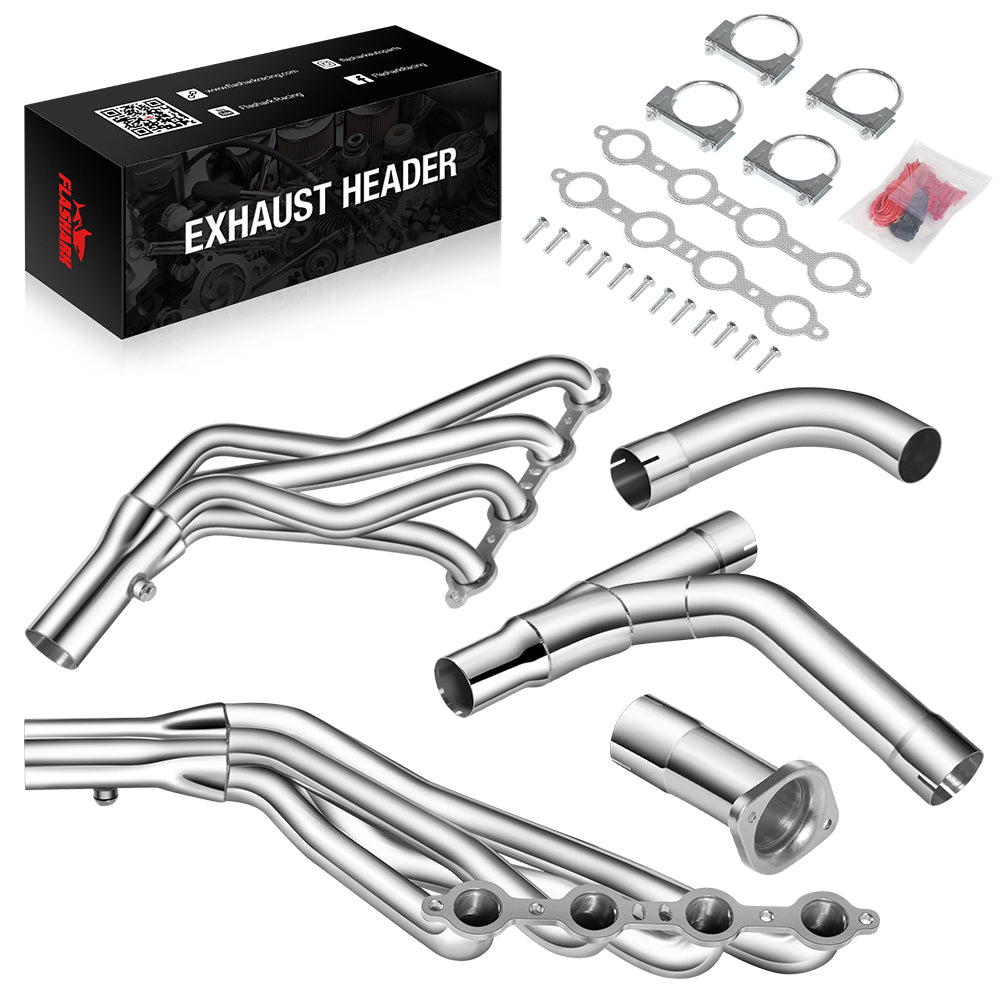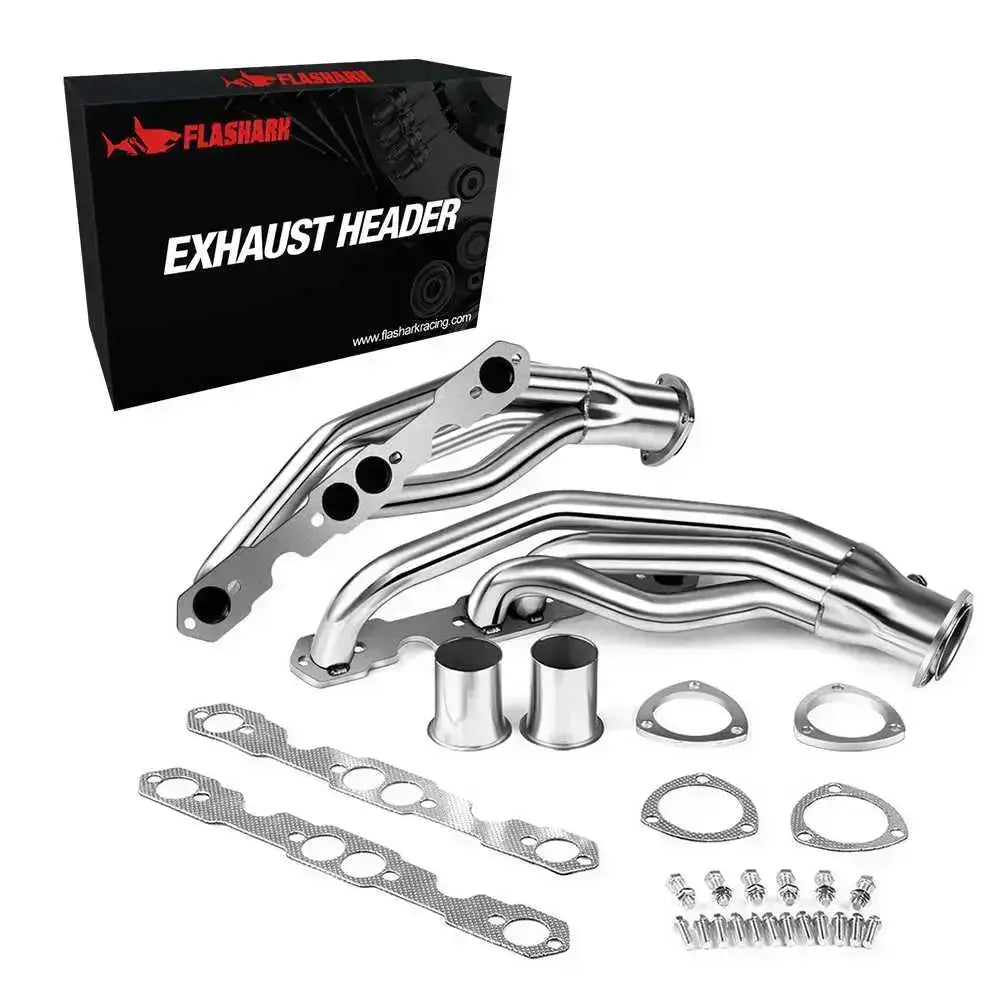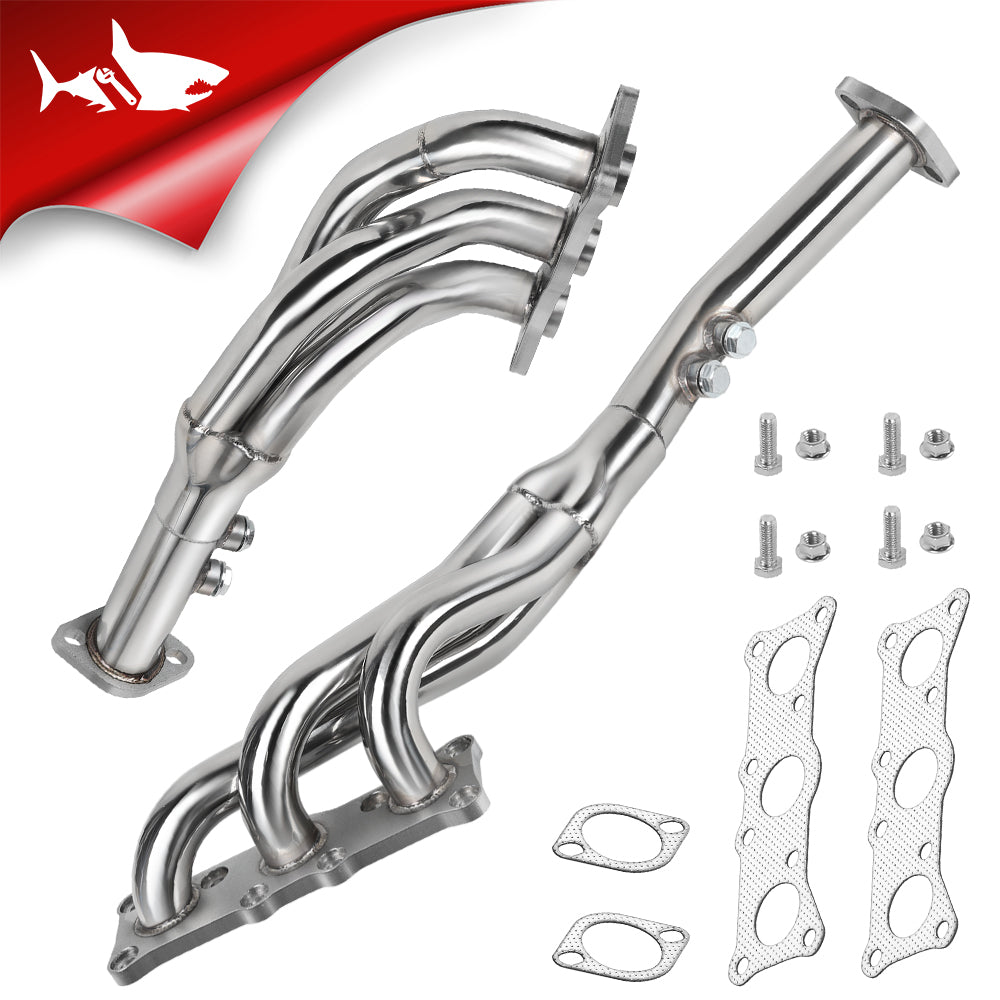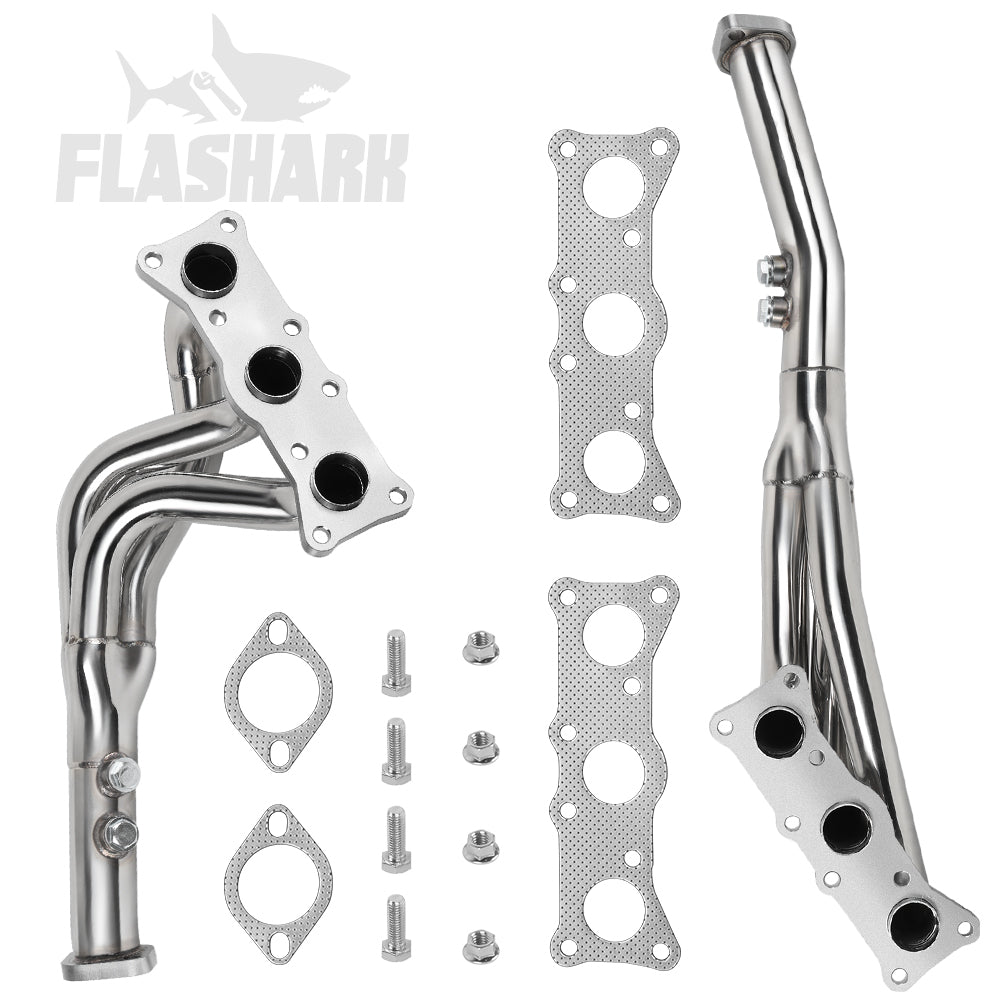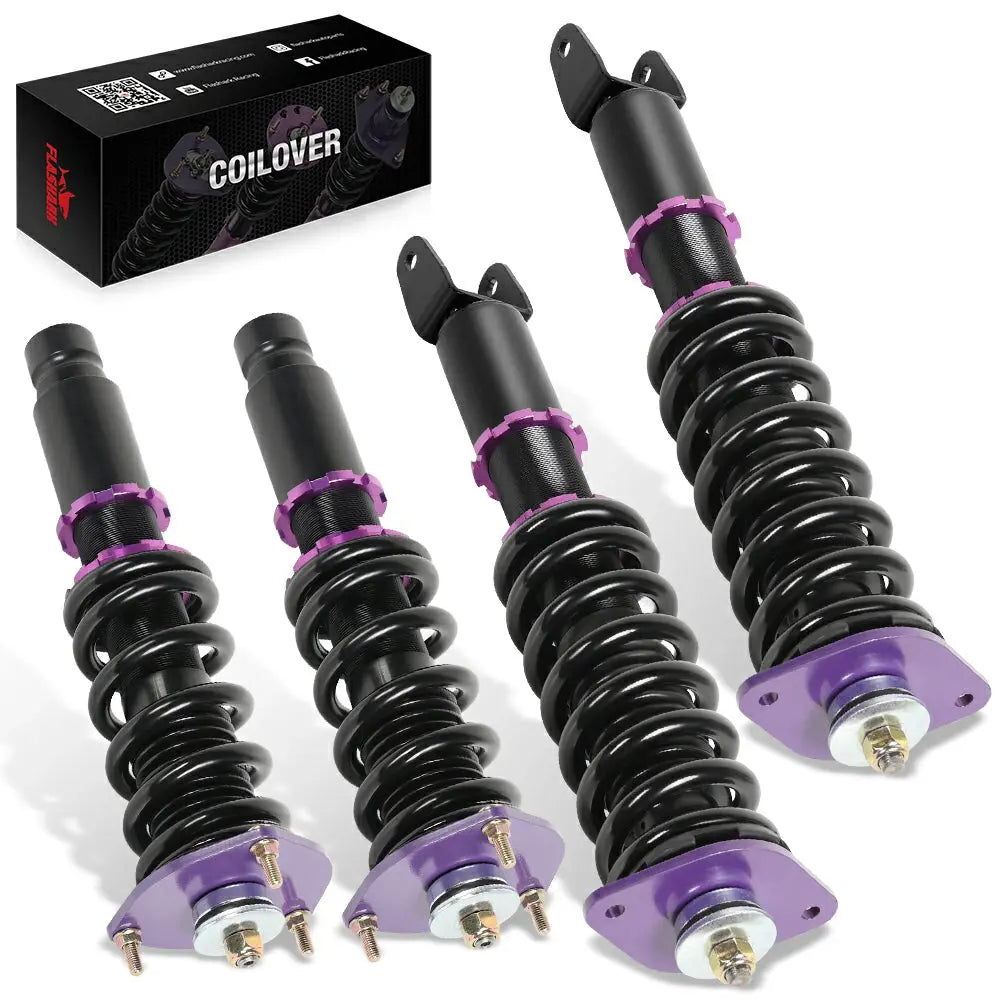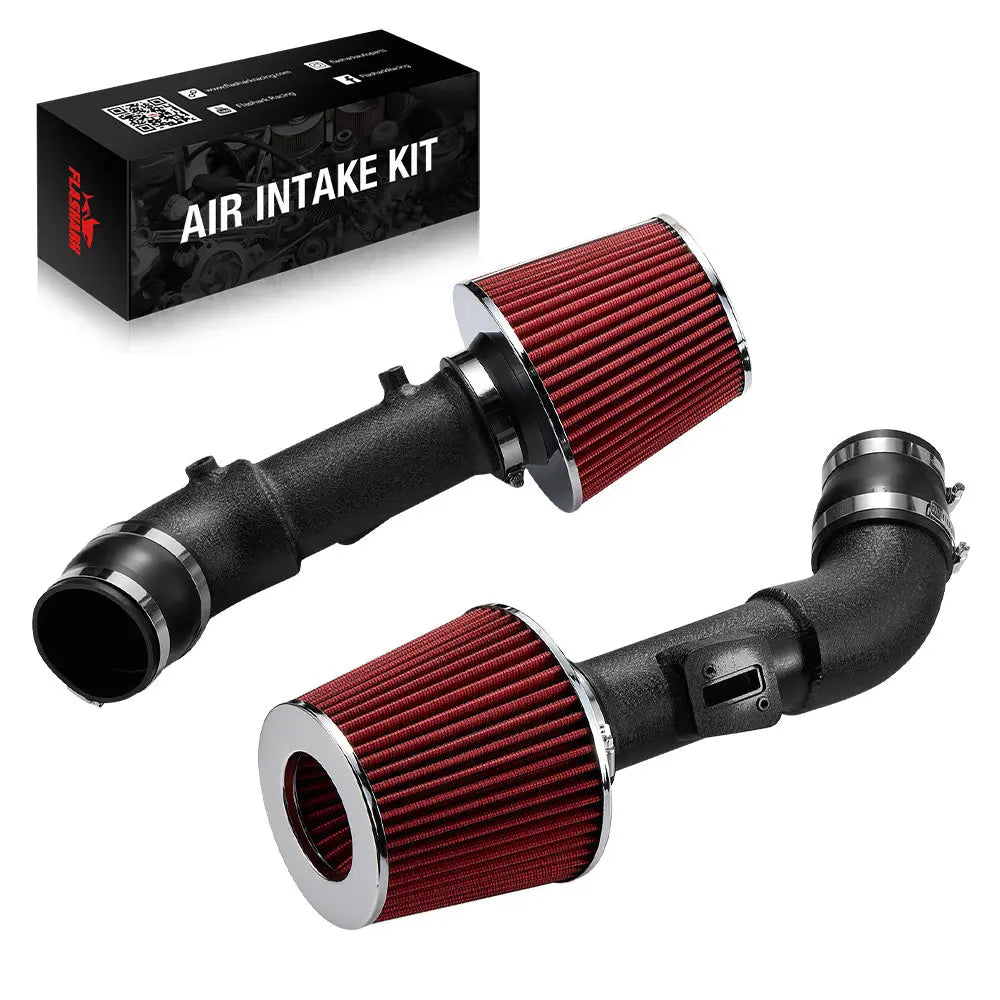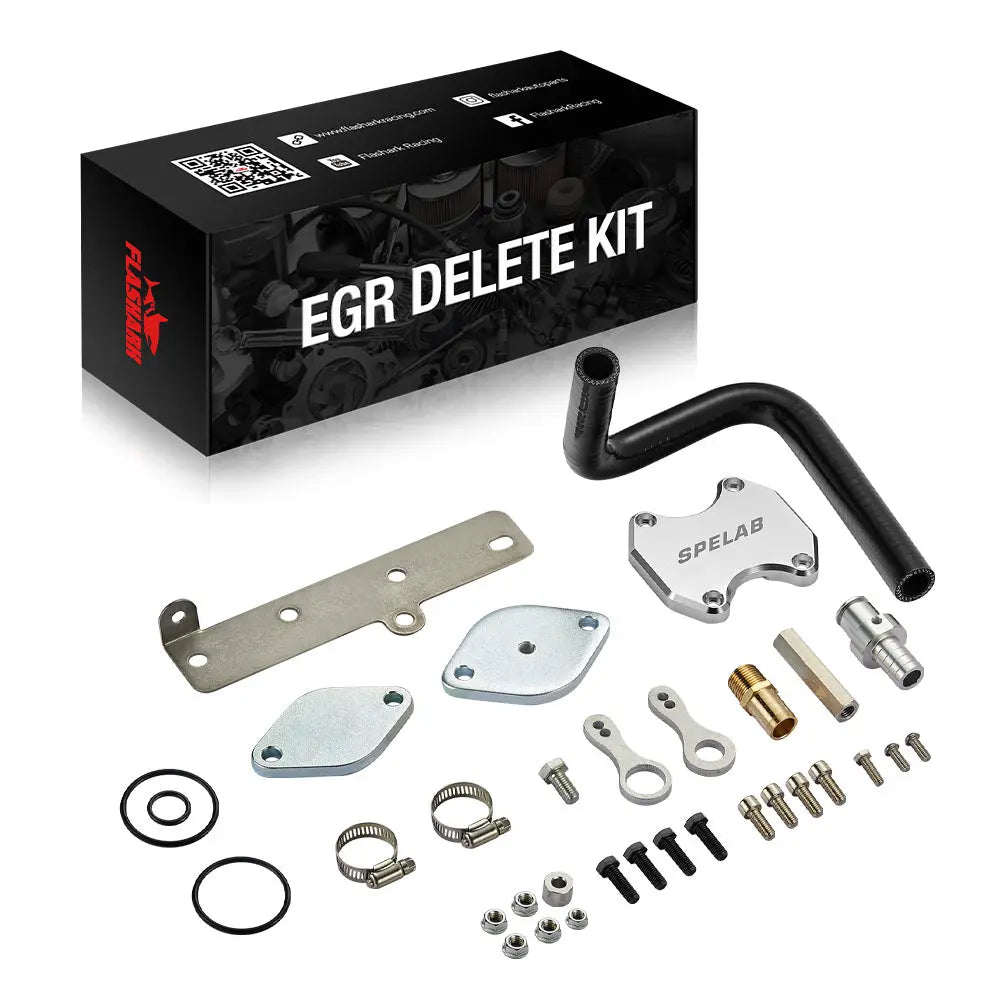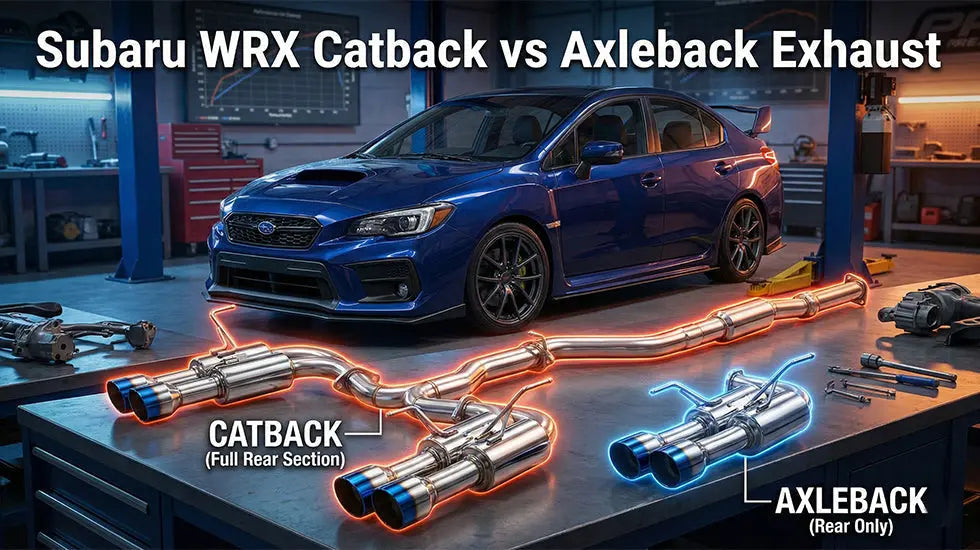Mejorar tu Mustang GT con colectores de escape es una modificación popular para mejorar el rendimiento. Pero una de las preguntas más frecuentes es: ¿cuánta potencia aportan realmente los colectores a un Mustang GT? En esta guía, analizaremos el impacto de los colectores en la potencia de tu Mustang, los factores que influyen en su aumento y si la instalación de colectores merece la inversión.
Introducción: Comprensión del papel de los colectores en el rendimiento del Mustang GT
Los colectores de escape desempeñan un papel crucial en la mejora del rendimiento del motor. Al optimizar el flujo de escape, reducen la contrapresión y facilitan la salida de los gases de escape del motor. Esto mejora la capacidad del motor para absorber aire fresco, lo que a su vez mejora la potencia general. Para los propietarios de un Mustang GT, los colectores de escape pueden ofrecer un aumento notable del rendimiento, especialmente al combinarlos con otras modificaciones de rendimiento.
Cómo los cabezales impactan la potencia: la mecánica de las ganancias de potencia
Los colectores de escape funcionan aumentando el diámetro y la longitud de los tubos de escape. Cuanto más largos sean los tubos, mayor será el tiempo que los gases de escape tendrán para fluir libremente, lo que reduce la contrapresión. Esto ayuda al motor a expulsar los gases de escape con mayor eficiencia y aumenta el volumen de mezcla aire-combustible que puede procesar.

¿Cuánta potencia puedes esperar?
La potencia obtenida al instalar colectores de escape de tubo largo en su Mustang GT puede variar. En promedio, los propietarios de un Mustang GT reportan un aumento de entre 15 y 30 caballos de potencia tras instalar colectores de escape de calidad. Sin embargo, esta cifra depende de varios factores, como el año del Mustang, el tipo de colectores y si el vehículo ha sido optimizado para optimizar su rendimiento.
Por ejemplo, al considerar colectores como el de tubo largo del Ford Mustang GT 1996-2004 , los usuarios suelen observar una mejora significativa en el rendimiento al combinarlo con una optimización de la ECU, especialmente al actualizar simultáneamente el sistema de escape. El colector de tubo largo del Ford Mustang GT 2011-2014 también ofrece mejoras notables en la potencia a altas RPM, lo que mejora la experiencia de conducción en general.

Factores que afectan la ganancia de HP de los colectores en un Mustang GT
No todos los Mustang GT obtendrán el mismo aumento de potencia al instalar colectores de escape. Varios factores afectan el rendimiento final:
1. Tipos de colectores: colectores de tubo largo vs. colectores de tubo corto
Los colectores de tubo largo son generalmente conocidos por proporcionar más potencia en comparación con los colectores cortos. La mayor longitud del tubo en los colectores de tubo largo permite un mejor flujo de escape, especialmente a altas revoluciones. Este flujo mejorado reduce la contrapresión y aumenta la eficiencia del motor. Por otro lado, los colectores cortos, como los colectores de escape del Ford Mustang GT de 1986-1993 , ofrecen un diseño más compacto, más fácil de instalar y, por lo general, ofrecen un mejor rendimiento a bajas revoluciones. Si bien los colectores cortos pueden ser ideales para el rendimiento en la calle y la conducción diaria, los colectores de tubo largo suelen ser la opción ideal para quienes buscan maximizar la potencia, especialmente a altas revoluciones y en condiciones de pista.

2. Puesta a punto del motor
Simplemente instalar colectores sin ajustarlos no producirá ganancias máximas de potencia. Ajustar su El motor del Mustang GT es esencial para optimizar la relación aire-combustible y garantizar que el motor funcione de manera eficiente con la nueva configuración de escape.
3. Modificaciones adicionales del rendimiento
Los colectores por sí solos pueden mejorar el rendimiento, pero modificaciones adicionales como sistemas de admisión de aire frío , inyectores de combustible mejorados o convertidores catalíticos de alto flujo potenciarán aún más la potencia. La combinación de colectores con estas modificaciones crea un conjunto de rendimiento más equilibrado y potente.
4. Consideraciones específicas del modelo
Los distintos modelos de Mustang GT pueden responder de forma distinta a la instalación de colectores. Por ejemplo, un Ford Mustang GT 2011-2014 podría experimentar mejoras diferentes en comparación con modelos anteriores, como el colector de tubo largo del Ford Mustang GT 1996-2004, ya que los avances en el diseño del motor y los sistemas de escape pueden afectar el impacto general.
¿Los encabezados por sí solos maximizan el rendimiento o es necesario realizar algún ajuste?
Si bien los colectores pueden mejorar el flujo de escape y aumentar la potencia, las verdaderas ventajas de rendimiento solo se obtienen con un ajuste adecuado. Tras instalar colectores de tubo largo, será necesario recalibrar la mezcla aire-combustible y la sincronización del Mustang GT para maximizar la eficiencia del motor y evitar posibles problemas.
Por qué el ajuste es crucial
Al instalar colectores de admisión, la dinámica del flujo de aire del motor cambia. Sin una optimización, el motor podría no funcionar óptimamente, lo que puede provocar una disminución del consumo de combustible, ralentí inestable o incluso daños en los componentes del motor. Una optimización personalizada de la ECU ayuda a garantizar que el motor funcione a su máximo rendimiento, optimizando la ganancia de potencia que proporcionan los colectores de admisión.
Conceptos erróneos comunes sobre los cabezales y sus ganancias de HP
Si bien los encabezados son una excelente actualización, persisten algunos conceptos erróneos sobre su impacto en el rendimiento.
1. Los encabezados por sí solos proporcionan ganancias masivas
Mucha gente cree que los colectores por sí solos pueden proporcionar aumentos de potencia considerables. Si bien mejoran el flujo de escape, las ganancias suelen ser modestas a menos que se combinen con otras modificaciones, como un ajuste o un sistema de admisión de alto rendimiento.
2. Los encabezados son solo para carreras
Otro error común es creer que los colectores solo son beneficiosos para los pilotos de carreras o los entusiastas del alto rendimiento. Si bien son útiles en las carreras, también son una valiosa mejora para quienes buscan mejorar el rendimiento en la conducción diaria, especialmente a altas revoluciones.
Muchos propietarios de Mustang GT descubren que después del ajuste, experimentan mejoras notables en la aceleración, la respuesta del acelerador y el rendimiento general.
Conclusión: ¿Vale la pena instalar colectores de escape en tu Mustang GT?
Si busca una mejora de rendimiento que mejore significativamente la potencia y el sonido de su Mustang GT, instalar colectores de escape de tubo largo es una inversión inteligente. El aumento típico de potencia oscila entre 15 y 30 CV, según el modelo, la marca del colector y las modificaciones necesarias.
Sin embargo, los colectores son solo una parte del rompecabezas. Para obtener los mejores resultados, combínalos con un sistema de ajuste y considera mejoras adicionales como tomas de aire frío o sistemas de escape mejorados. Tanto si conduces un Ford Mustang GT de 1996 a 2004 como un Ford Mustang GT más reciente de 2011 a 2014, los colectores pueden mejorar considerablemente el rendimiento del motor, haciendo que tu Mustang GT sea aún más agradable de conducir.


